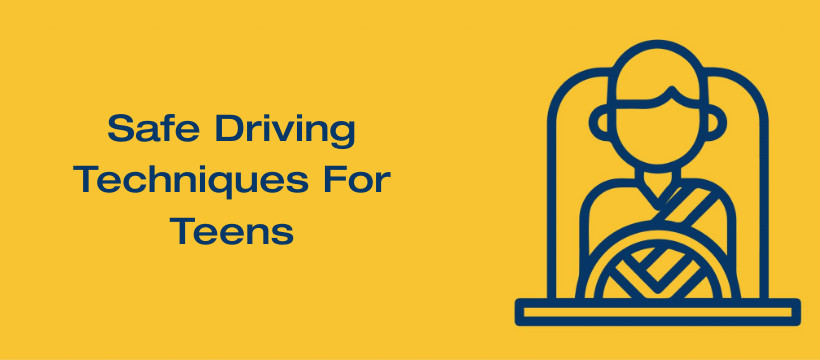Teen drivers are especially susceptible on the road because they lack experience in both life and driving, as well as maturity. Teenagers are easily distracted when driving, particularly by other passengers (passengers of the same age). Teen drivers are more likely to speed, take risks, and do things they ordinarily wouldn’t do when they have peer passengers in their cars.
October 16–22, 2022, is designated as National Teen Driver Safety Week. Top Driver wants to urge our students to encourage other students to drive more safely. Indiana has adopted the Graduated Driver Licensing (GDL) System, along with the other 49 states and the District of Columbia. In order to obtain full driving privileges, a young driver must first gather experience behind the wheel under the GDL system.
Teen drivers are particularly at risk from things like speeding, not wearing a seatbelt, passengers, distracted driving and driving while intoxicated.
Speeding
Speeding increases the likelihood that you may crash and lose control of your car. You reduce the amount of time you have to react to what’s happening around you while increasing the distance your car needs to stop. Additionally, speeding diminishes the efficiency of your car’s safety measures (safety belts, airbags, etc.) When you accelerate up in the future, remember that you have less space to stop your car, less time to respond to dangers, less effective safety equipment, and a higher possibility of colliding.
Safety Belt Use
One of the simplest methods to lower your risk when driving is to use your safety belt. 2,276 people died in crashes involving young drivers in 2020. (between 15- and 18 years old). In 2020, 52% of teen drivers who died in passenger vehicles were not wearing seatbelts. Your safety belt will prevent you from being thrown outside of your car or hitting its internal components even during a crash.
Passengers
Passengers in your car can distract you from driving, and teen drivers are especially at danger since they lack maturity and experience. Although your adolescent may only have one peer passenger in the car, you should remind your kid to establish ground rules and expectations for all passengers. Asking your child’s passengers to act as a second set of eyes while he or she drives is one of the best methods to lessen the risk that they offer to your teen.
Distracted Driving
The biggest issue we have is distracted driving. Reward your teen for driving without distractions and without crashing or colliding. By doing this, you can express to your teen your appreciation for their efforts to drive safely.
Impaired Driving
Driving when intoxicated or under the influence of another substance, as well as doing so while preoccupied, sleepy, or unwell, all constitute driving while impaired. Your teen is already aware of the rules against owning alcohol and other drugs as well as the prohibition against using them while driving. However, please spend some time talking to your teen about what to do in the event that they are faced with the decision of whether to drive while drunk or travel with an impaired driver. Also let your teen know that driving while paying attention to something other than the road, driving while fatigued, and driving while experiencing a temporary illness can all affect their ability to operate a vehicle just as much as driving while intoxicated by alcohol or other substances.

